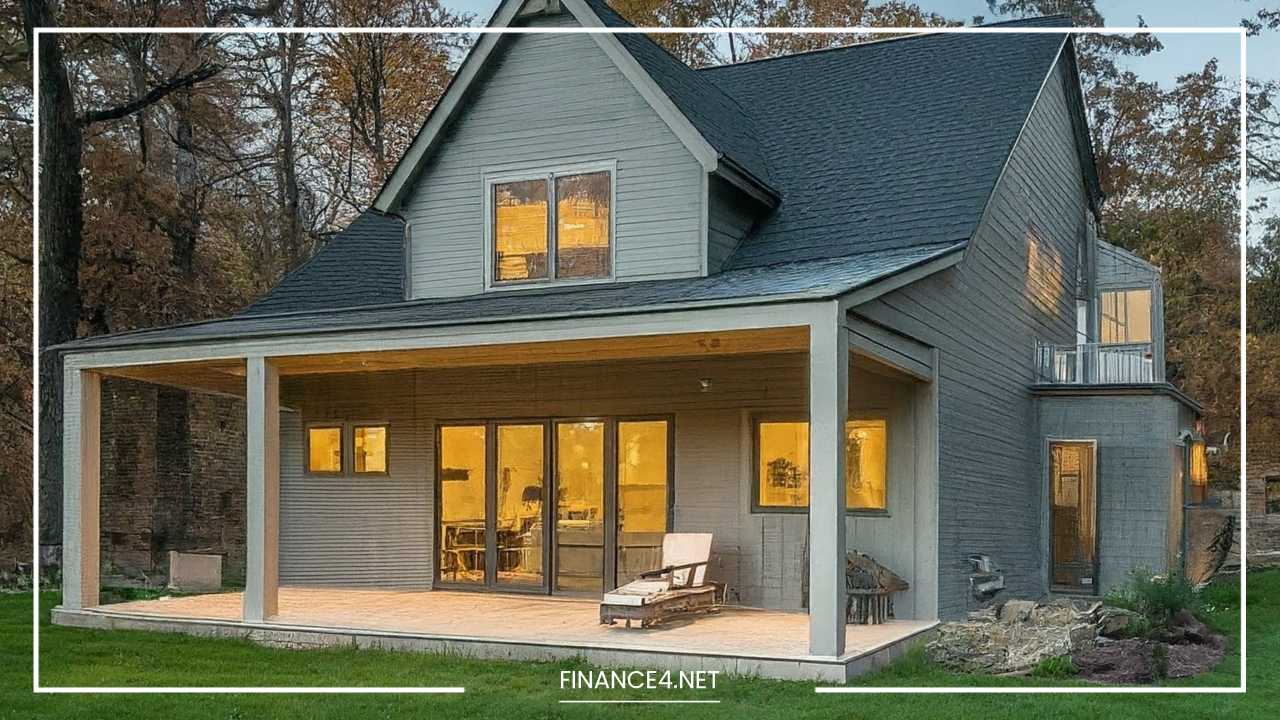Finding the Right Mortgage for You

Mortgage
Finding The Right Mortgage For You: A Comprehensive Guide to Homeownership Loans
The dream of owning a home is a cornerstone of the American experience. Fortunately, the U.S. government and various lenders offer a diverse range of mortgage options to cater to different financial situations and goals. However, navigating the world of mortgages can be overwhelming.
This guide will equip you with the knowledge to decipher the right loan for your homeownership journey.
Understanding Loan Officers and Loan Types
Loan officers are financial professionals who guide you through the mortgage application process. They work with various loan types, but not necessarily every option available.
This article explores some of the most common loan types to empower you to have informed discussions with potential lenders.
Demystifying Mortgage Options:
1. Standard Fixed-Rate Loan: Stability and Predictability
A standard fixed-rate loan offers stability and peace of mind. Once you receive loan approval, the interest rate locks in for the entire loan term, typically 10, 15, or 30 years.
This means your monthly payment remains constant, regardless of fluctuations in market interest rates. This predictability is a major advantage, especially if you anticipate future interest rate hikes. Generally, anyone with good credit can qualify for a fixed-rate loan.
2. Adjustable-Rate Mortgage (ARM): Potential Savings with Calculated Risk
An ARM, or Adjustable Rate Mortgage, features an interest rate that fluctuates based on a predetermined schedule established between you and the lender. The most common ARM terms are 3/1, 5/1, and 7/1. Here’s how they work:
- 3/1 ARM: The interest rate adjusts every three years.
- 5/1 ARM: The interest rate adjusts every five years.
- 7/1 ARM: The interest rate remains fixed for the first seven years, then adjusts annually thereafter.
ARMs typically offer lower initial interest rates compared to fixed-rate loans. However, there’s a risk that the rate could adjust significantly upwards in the future, potentially leading to higher monthly payments.
Carefully consider your financial comfort level with potential rate fluctuations before opting for an ARM.
3. FHA Loan: Making Homeownership Accessible
The Federal Housing Administration (FHA) offers government-backed loans, making homeownership a reality for low- and moderate-income families.
FHA loans allow for a lower down payment, often as low as 3.5%, compared to conventional loans that might require a 20% down payment. This significantly reduces the upfront financial burden of buying a home.
There are some downsides to consider:
- Mortgage Insurance: FHA loans require mandatory mortgage insurance, which can add to the overall cost of the loan.
- Loan Limits: There are limitations on the maximum loan amount you can qualify for with an FHA loan.
4. USDA Loan: Financing Your Rural Dream
The United States Department of Agriculture (USDA) offers unique loan programs for qualified borrowers in designated rural areas, typically defined as populations under 20,000.
These exceptional loans can finance up to 100% of the home’s purchase price, eliminating the need for a down payment.
To qualify for a USDA loan, you’ll need to meet income eligibility requirements and reside in a USDA-approved rural location. Just like with other loan types, underwriters will assess your financial situation to ensure your ability to repay the loan.
5. 203K FHA Rehab Loan: Rehabbing Your Dream Home
The 203K FHA Rehab Loan is a unique option for those seeking to purchase a fixer-upper. This government-backed loan allows you to finance not only the purchase price of the home but also the necessary repairs to make it livable.
This loan can cover renovations up to a certain percentage (typically 110%) of the appraised value after repairs.
Qualifying for a 203K loan requires a 3.5% down payment on the total loan amount, along with meeting your lender’s specific qualifications.
Exploring Additional Options:
Remember, these are just some of the most common loan types. Many lenders offer specialized programs and state-specific options.
Additionally, some states offer first-time homebuyer grants or loans to incentivize homeownership. It’s crucial to discuss these and other potential options with your loan officer to find the best fit for your financial situation and goals.
Beyond Loan Types: Key Considerations for Choosing Your Mortgage
1. Interest Rate vs. Loan Term:
There’s a trade-off between interest rate and loan term. A lower interest rate typically translates to lower monthly payments, but you’ll end up paying more interest over the entire loan term. Conversely, a shorter loan term with a potentially higher interest rate allows you to build equity.
2. Down Payment:
The amount of your down payment significantly impacts your loan options, monthly payments, and overall financial commitment.
A higher down payment reduces the loan amount you need to borrow, leading to lower monthly payments and potentially better loan terms.
It can also help you avoid private mortgage insurance (PMI), which is required on conventional loans with a down payment of less than 20%.
3. Credit Score:
Your credit score plays a vital role in determining your loan eligibility and interest rate. Generally, a higher credit score qualifies you for better loan terms and lower interest rates. Focus on improving your credit score well before starting your home search to access the most favorable loan options.
4. Debt-to-Income Ratio (DTI):
Lenders assess your DTI ratio, which compares your total monthly debt payments to your gross monthly income. A lower DTI ratio indicates a stronger ability to manage debt and increases your chances of loan approval. Ideally, aim for a DTI ratio below 36%.
5. Long-Term Financial Goals:
Consider your long-term financial goals when choosing a mortgage. A fixed-rate loan provides stability and predictability, but may have a higher initial cost.
An ARM might offer lower initial payments but carries the risk of future rate increases. Think about your comfort level with potential fluctuations and how the chosen loan aligns with your long-term financial plans.
6. Closing Costs:
Closing costs are fees associated with finalizing the mortgage loan. These can include origination fees, appraisal fees, title insurance, and various other charges.
Factor closing costs into your overall homebuying budget to ensure you have sufficient funds to cover them on top of the down payment.
Partnering with the Right Loan Officer
Your loan officer acts as your guide throughout the mortgage process. Seek a qualified professional with a proven track record and a reputation for personalized service.
They should be transparent about available loan options, explain the terms clearly, and address your questions comprehensively. Don’t hesitate to interview several loan officers before selecting one who aligns with your needs and preferences.
The Takeaway: Knowledge is Power
Choosing the right mortgage is a crucial step towards achieving homeownership. By understanding the different loan options, considering your financial situation, and partnering with a knowledgeable loan officer, you can make an informed decision that sets you on the path towards a successful homeownership journey.
Remember, this guide offers a general overview. It’s always advisable to consult with a qualified financial advisor or tax specialist for personalized advice tailored to your specific circumstances. With careful planning and the right mortgage in place, you can turn the dream of homeownership into reality.



